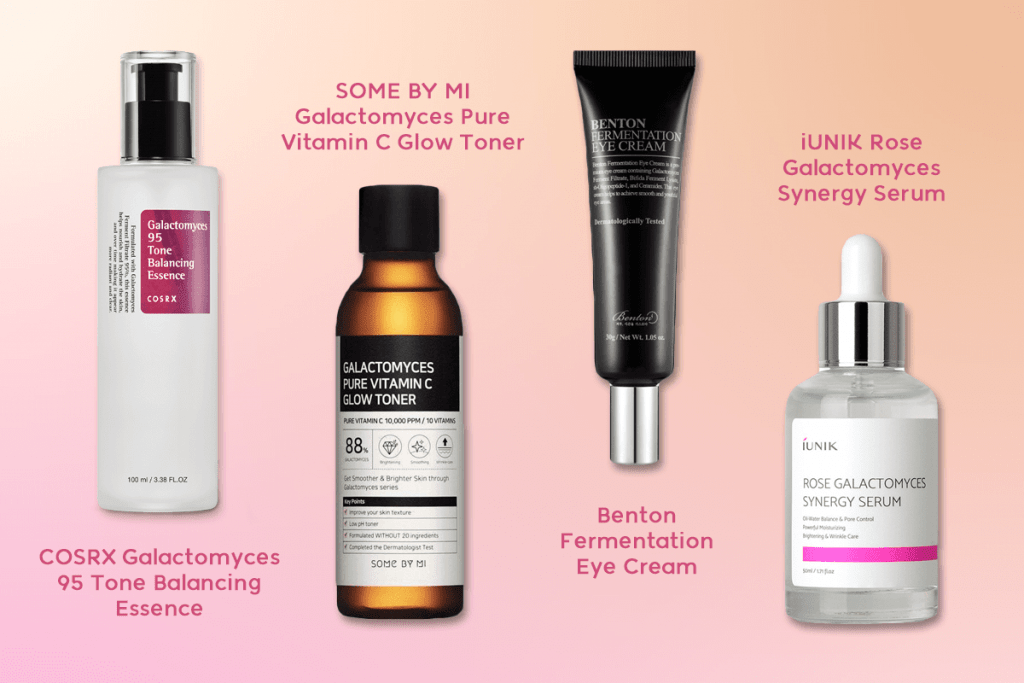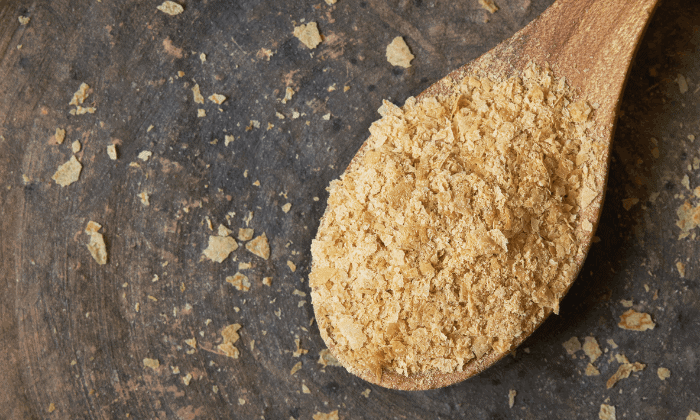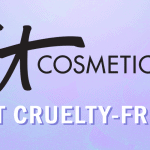If there was a game where we enumerate the top five ingredients we know absolutely NOTHING about, then Galactomyces Ferment Filtrate will be my number one. There are a number of products that have it as the main ingredient, but I still do not know exactly what it is.
Cosmetics and skincare products always consist of chemicals that are basically gibberish to everyone, except for chemists or doctors, of course. To be perfectly honest, almost every one of them sounds terrifying. And yet, we still choose to slather them all over our skin. Amazing, right?
But ignorance is not cute, especially in the skincare world. Korean beauty products are the most recommended things in the market right now, and with it came a number of ingredients that were basically unknown to us before.
So, what is Galactomyces Ferment Filtrate (GFF)?
To say it frankly, it is a fungus, a yeast that is dense with nutrients. This ingredient is a result of fermented sake or rice wine.
Do you know about the accidental discovery of corn flakes? Well, GFF was discovered almost the same way!
In the 70s, GFF was discovered in a brewery when scientists noticed how smooth the brewers’ hands were. Usually, when you’re hard at work—especially manual labor—your hands will get rough over time. But not these guys!
Hence, Galactomyces Ferment Filtrate was reborn as a skincare ingredient.
I know that it is kind of disgusting to put something on your face that is also used in soy sauce, wine, miso soup, and other kinds of food. But do not fret!
The more things I found out about this ingredient, the easier it was to understand how it works on the skin.
First of all, its name is the process in which it is created specifically to suit skincare products. The base ingredient is Galactomyces; this is then fermented and will develop microorganisms that produce the nutrient-dense substances that are hugely beneficial to the skin. And, finally, comes the filtering process. This is the last stage that gets rid of the yeast and other unwanted materials, leaving only the stuff that’s good for your skin.
This ingredient is processed properly specifically so we can put it safely on our skin, so there’s no need to worry about whether or not we’re putting a literal fungus on our face. It’s completely safe and great for the skin!
What Does Galactomyces Ferment Filtrate Do To Your Skin?
GFF is rich in amino acids, minerals, vitamins, and organic acids.
All of these can help protect your skin from environmental damage, resulting in a healthier skin barrier. GFF also increases the production of hyaluronan in epidermal cells. Hyaluronan is also known as hyaluronic acid. Hyaluronan is the solution to dry skin and younger-looking skin. It will make your skin look more hydrated and healthier. You’ll be one step closer to the ultimate skin goal—glass skin!
People with dry and dull skin can certainly benefit from the use of skin care products with GFF. The ingredient sounds like it would be the ultimate solution to flaky skin and zombie-looking skin.
However, GFF is not a perfect ingredient.
I have said that it’s basically a fungus. And although most people probably won’t encounter any problems with this product, there are a handful of people who must avoid this ingredient like the plague. And that’s people who suffer from fungal acne.
Is Galactomyces Ferment Filtrate Safe for Sensitive Skin?
Fungal acne is caused by yeast, instead of bacteria. Fungal acne, also known as Malassezia Folliculitis, is caused by excessive production of yeast in hair follicles. People who live in very humid areas (like me, yikes) are more likely to suffer from this because fungal acne thrives in sweat.
Many people don’t realize that they have fungal acne. It differs from regular acne because of its itchiness. Regular acne does not itch. So, if you want to know for sure, visit a dermatologist and save yourself the stress and hassle of dealing with pus-filled acne.
Since GFF is technically a fungus, it is not recommended for people with fungal acne to use products that contain it. Applying Galactomyces Ferment Filtrate to skin with fungal acne will only encourage the production of more fungi, which will worsen the problem.
Therefore, anyone with sensitive skin or have Malassezia-induced skin conditions must be wary of ingredients like GFF.
If you have no history with fungal acne or skin infections, then you can safely try out products containing GFF. It truly is a wonderful ingredient for the skin, and it’s worth putting an extra step to your skincare regime for it.

The ingredient can be in essence, like COSRX’s Galactomyces 95 Tone Balancing Essence—that can sustain your skin’s hydration, at the same time brightening your complexion for a livelier aura. It can also be in a toner, like SOME BY MI’s Galactomyces Pure Vitamin C Glow Toner. This product consists of 88% GFF and is sure to brighten up even Dracula’s skin.
iUNIK’s Rose Galactomyces Synergy Serum is perfect for people with combination and oily skin! It controls sebum while still retaining your skin’s natural hydration. It also has anti-aging properties, which is a bonus!
And then there’s GFF in a cream form with the Benton Fermentation Eye Cream. This product makes great use of GFF’s anti-aging effects and made it into an amazing eye cream! Wrinkles? What’s that? You can effectively avoid those unflattering crow’s feet if your eye cream has Galactomyces as an ingredient.
Pros:
- Effectively moisturizes skin
- Rich in vitamins and organic acids that can improve the skin’s barrier
- Helps with the production of hyaluronic acid in the skin, which results in a more hydrated and healthier-looking skin
- Fights aging
- Can be an ingredient in many different types of skincare products
Cons:
- Very bad for sensitive skin and skin with fungal acne
- You have no way of knowing for sure if your skin will react positively to GFF, so it’s not a product you can easily recommend or try out on a whim
Now you know how flexible an ingredient Galactomyces is. Yes, it may not be for everyone, but its benefits definitely win over its bad side. Most skin types can benefit a lot from GFF, namely: normal, oily, dry, and dull or aged skin.
And don’t forget: do not use Galactomyces Ferment Filtrate on your face if you suffer from Malassezia-induced skin conditions. This includes psoriasis, eczema, and other infections.
So, what do you think of GFF? Is it good or bad? Either way, I hope you find what works best for your skin and that you get closer to achieving the highly-coveted glass skin.





